
THINGS TO SEE
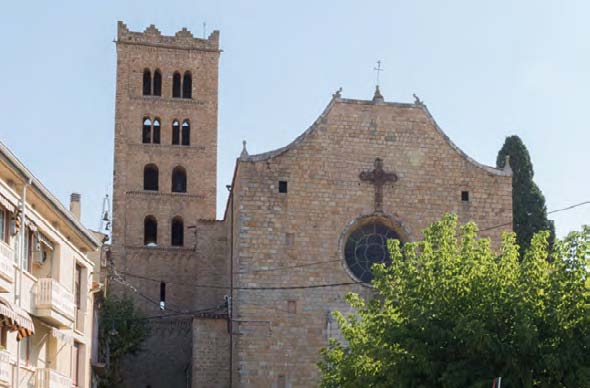
MONASTERY OF SANT SALVADOR
Today’s parish church used to be the church of the Monastery of Sant Salvador de Breda. It has an impressive Lombard bell tower that formed part of the original 11th Century monastery building, which is 32 metres tall. Dating back to the 14th-16th Centuries, the Gothic church was part of a redevelopment project overseen by Abbot Gispert de Jàfer (1296-1337). The church is formed by a single, extremely spacious nave.
CLOISTER
13th or 14th Century
On the side of the church, we can still see the north wing of the cloister, one of the four that originally comprised the whole cloister of the Monastery of Sant Salvador.
Its construction is thought to date back to the late 13th or early 14th Century. The surviving part of the cloister has seven round arches each supported on two columns with the same capitals on all of them: four large lily leaves grouped together in a vertex.
Having fallen into a severe state of deterioration after the Monastery was confiscated under a policy of forced seizure of church property, in 1932, the Associació de Amics de l’Art Vell (Association of the Friends of Ancient Art) took charge of restoring this part of the cloister.
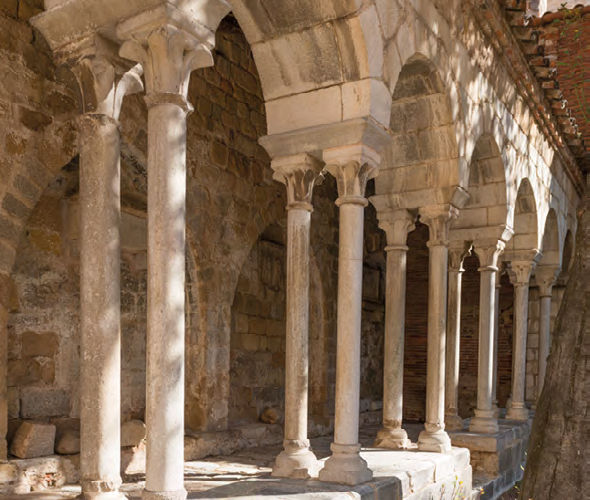
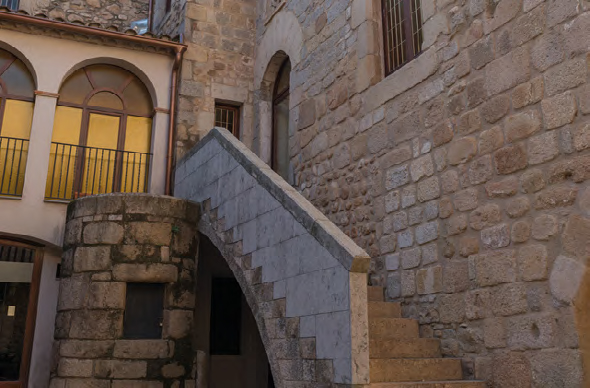
PATI DE L’ABADIA (ABBEY COURTYARD)
15th Century
As the name suggests, this courtyard gave access to the various parts of the Abbey complex. We can still see the staircase that led to the Abbot’s residence and the well that supplied the Monastery with water. Key features include a number of Gothic-style windows, large voussoir portals and a wooden balcony. Over one of the portals, we can see the coat of arms of Abbot Miquel Samsó who, in the 15th Century, oversaw the construction of these buildings. Samsó was the 31st President of the Catalan Government.
CHURCH OF SANTA MARIA
9th-11th Century
The Church of Santa Maria, the village’s former parish church, was built between 878 and 1038. The 12th Century apse is still standing today, with some of the original wall paintings still visible in the crossing.
Located behind the Monastery, Breda’s Church of Santa Maria is now home to the Town Council and the Municipal Josep Aragay Museum. The old Romanesque building has been modified to repurpose the building successively as a public school, courts, etc. since 1846.
On the outside of the building, we can still see the Romanesque apse, on the eastern side, which had fallen terrible condition but was restored and almost completely rebuilt in 1961. Another notable feature is the octagonal bell tower, which was a style commonly used in the diocese of Girona during the 15th and 16th Centuries.
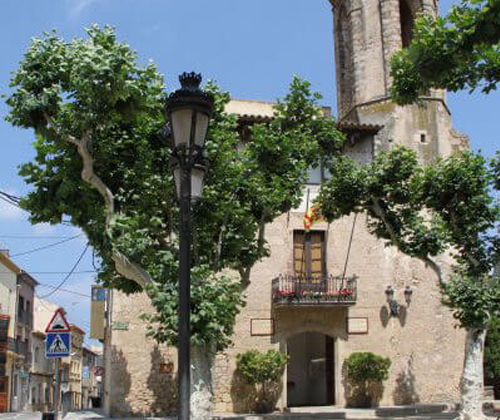
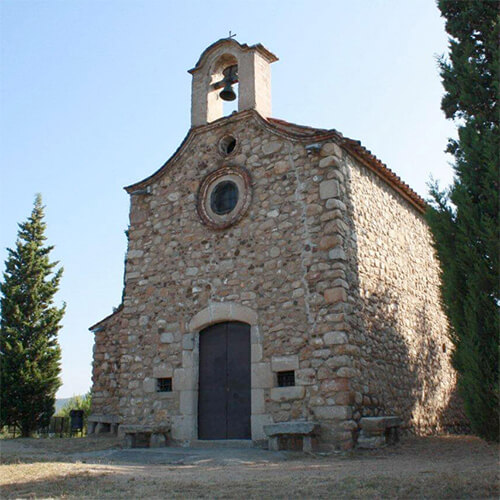
CHAPEL OF SANTA ANNA
17th Century
Records of the existence of the Chapel of Santa Anna date back to 1624. The Baroque chapel received a benediction in 1789, perhaps coinciding with improvements or rehabilitation of the site.
To get to the Chapel of Santa Anna, there is a path to the right of the main road through the village, just past the wayside cross.
On 26th July, the traditional festival of Santa Anna is held around the chapel. The villagers eat lunch together with family and friends, enjoy traditional sardana dances and ring the chapel bells. In recent years, the chapel has also been the venue for celebrating the National Day of Catalonia, known as La Diada, at midnight at the start of 11th September.
MONTSORIU
11th Century
Although it does not fall within Breda’s municipal limits, Montsoriu Castle is a key part of the village’s heritage in view of its proximity and historical links. While the earliest written records of the castle date back to 1002, Montsoriu had previously been settled by the Iberians. It later went on to become a defensive and strategic stronghold for more than five hundred years. It was a key point of reference for the Catalan nobility and an unassailable fortress, thanks to its impeccable construction and excellent defence systems. Throughout its history, it underwent several expansion, up to the 14th and 15th Centuries. It evolved from a military bastion to a spectacular residence, when the castle reached the pinnacle of its splendour, with the layout that can visitors can enjoy today. It was the family residence of the Viscounts of Cabrera, who founded Breda.
Arrange visits and check out opening times at : www.montsoriu.cat
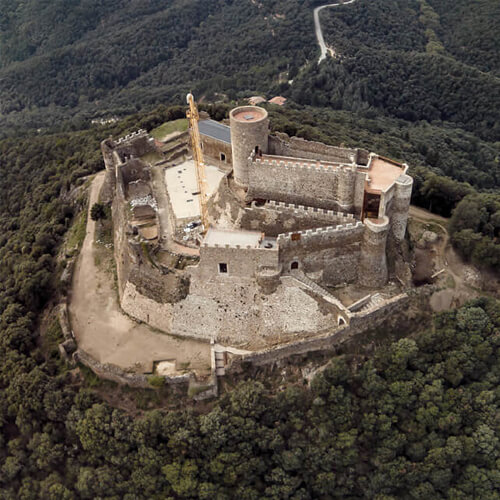
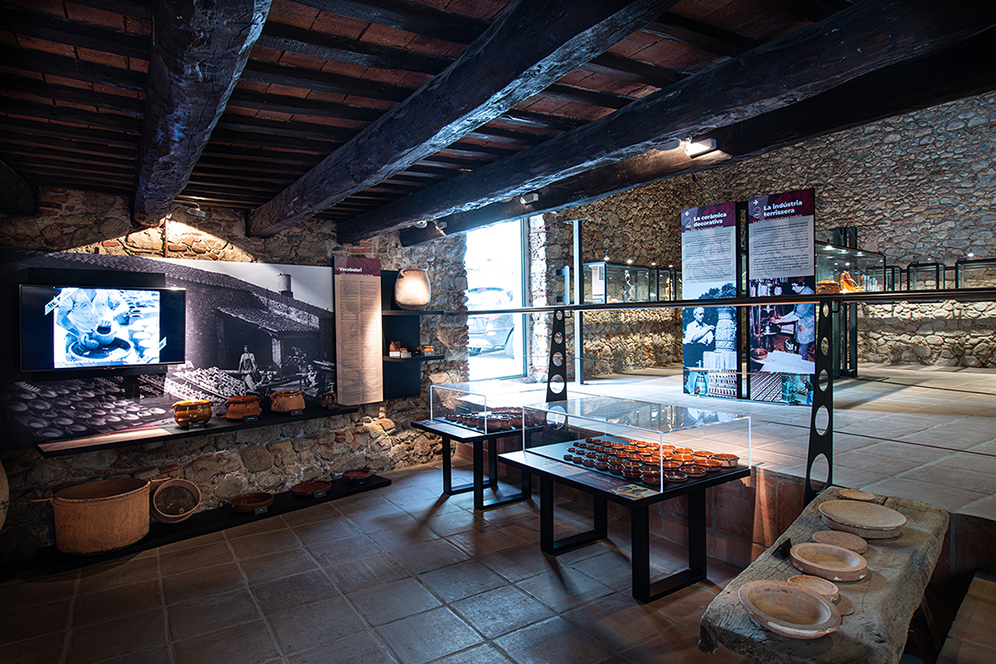
ELS FORNS CULTURAL CENTRE
An old 19th Century pottery workshop, inside, there are two Moorish kilns, the typical type of oven used for the traditional method of firing pottery. A permanent exhibition showcases the pottery of Breda in the main part of the building, and there are two rooms for temporary exhibitions. It is also a tourist information centre, giving help and guidance to visitors to the village.
Carrer Santa Victòria, 1
Opening hours: Saturdays from 9.30 to 13.30 and 16.00 to 19.00
Sundays and public holidays from 9.30 to 13.30
JOSEP ARAGAY MUSEUM
In the ground floor of the Town Council building, the Josep Aragay Museum showcases the artist’s work. Living between 1889 and 1973, Aragay was a leading figure in the Catalan Noucentisme cultural movement. An accomplished art theorist, paints, illustrator, engraver and potter, he had a great influence on the intellectual and artistic world of his generation, to such an extent that Eugeni d’Ors commissioned him as the artistic director of the Almanac dels Noucentistes, an annual review of the work of the movement’s artists. Born in Barcelona, he moved to Breda, his mother’s home village, in 1925, where he opened a pottery workshop. In the museum, we can also see some well-preserved Romanesque paintings on the walls of the village’s former parish church, which became the Town Hall as a result of the forced seizure of church property in 1835.
Carrer Nou, 2
Opening hours: Saturdays from 9.30 to 13.30 and 16.00 to 19.00
Sundays and public holidays from 9.30 to 13.30
www.museuaragay.cat
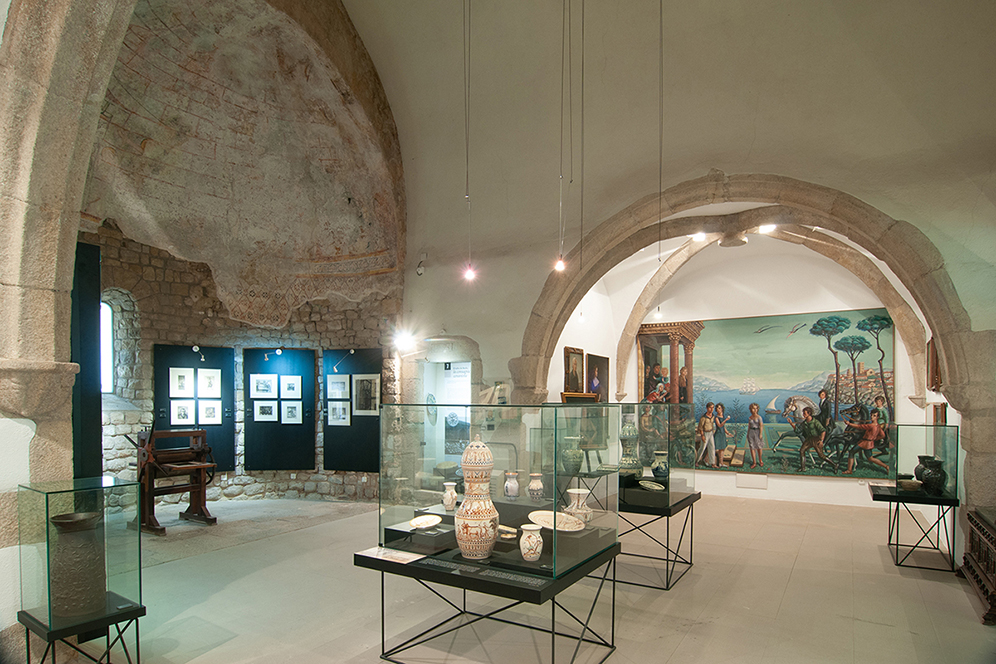
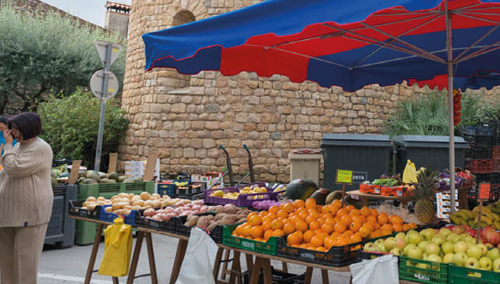
WEEKLY MARKET
On Sunday mornings, around the church and town hall, there is a weekly market that really bring the village to life. It is a great excuse to go for a stroll and check out the local shops, which are also open.
